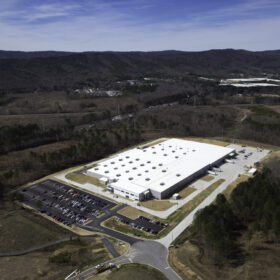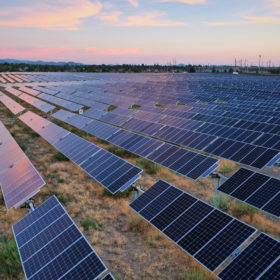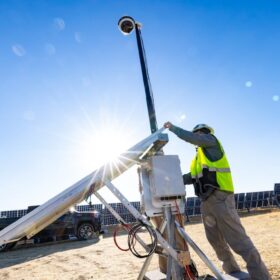Building not your average dream home: Water usage and management
This series describes the process of designing and building a sustainable home, which is passing tests for airtightness and proved to retain heat in winter. This installment focuses on water sustainability design and practices.
Virtual power plants in action: How rules and markets enable (or block) aggregation
The final, third part of this series explores how DERs and Virtual Power Plants are participating in today’s energy markets—including a close look at ISO/RTO-specific programs, qualification requirements, and market rules. We examine how these policies and procedures affect the real-world ability of aggregated DERs to operate as grid resources and the complexity stakeholders face when navigating these systems.
Data is power: Why technology is the backbone of DER integration
Part Two of this three-part series shifts focus from regulatory reform to the technological breakthroughs that make DER participation possible. From the falling cost of microprocessors to the rise of advanced metering infrastructure and predictive analytics, we explore how data, telemetry, and intelligent control systems have become the backbone of the distributed energy economy.
Virtual power plants and the data-driven future of distributed energy
The evolution of energy markets from vertically integrated utilities to open access competitive markets has created a power grid increasingly integrating smaller and more diverse distributed energy resources requiring robust interaction for integration and management.
How energy storage could solve the growing power crisis in the U.S.
The opportunity is clear: with the right policy reforms, revenue mechanisms and investment frameworks, energy storage can deliver near-term reliability, long-term resilience and economic returns.
How tracker companies are now platform solution providers
Racking and tracker companies are increasingly combining foundation solutions, multiple racking technologies, and a full eBOS offering into one developer-focused, integrated solution.
Guarding the grid: Cybersecurity in solar and renewable energy
Instead of implementing static, one-size-fits-all solutions in an environment where threats are continuously evolving, solar companies must adopt adaptive, real-time security measures that can respond to new threats as they emerge.
How C&I owners are monetizing their solar arrays and transitioning to microgrids
Commercial and industrial solar arrays can become the foundation of a sophisticated, resilient microgrid that delivers financial returns, energy security, and long-term operational simplicity.
Understanding P50, P90 and P99 in solar energy
A review of using statistical probability to understand solar production outcomes.
California solar and wind curtailments increasing
As excess energy generated by renewables creates price volatility, solutions include increasing demand and either using or storing the excess electricity during times of peak generation.












